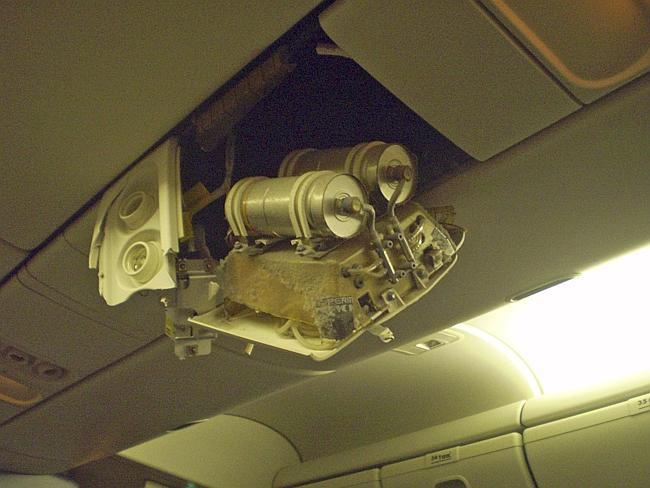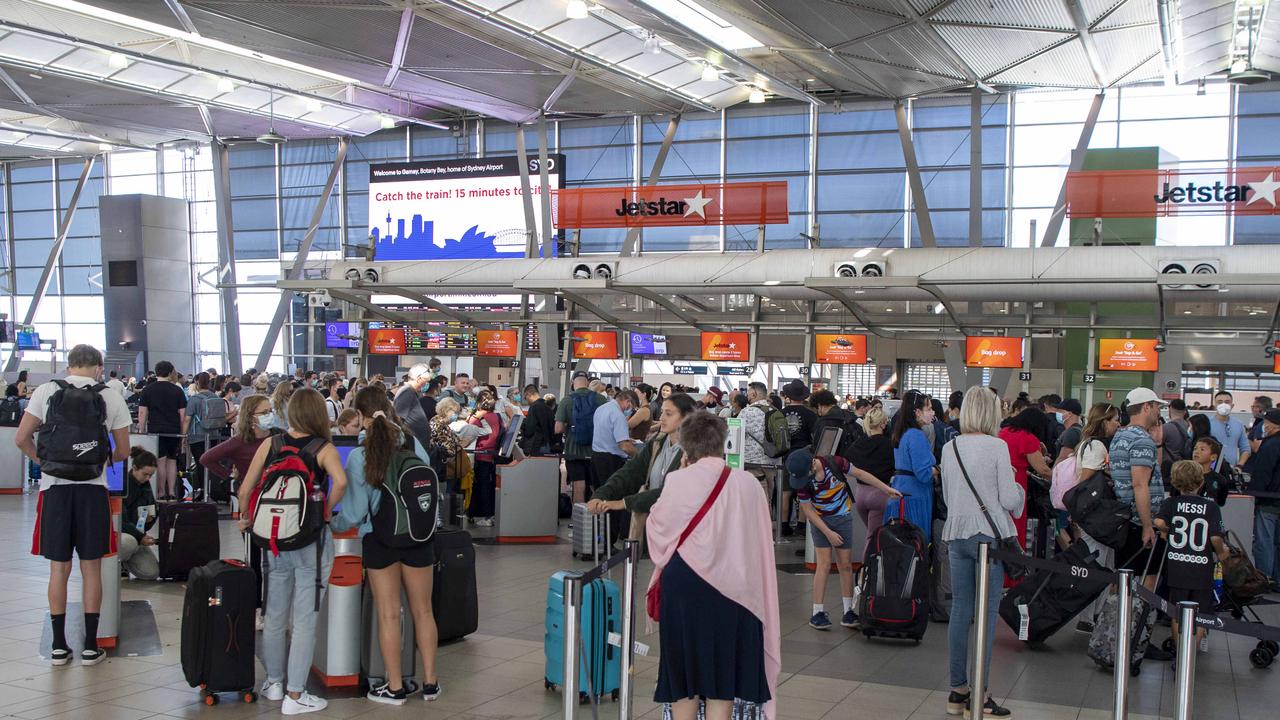Shocking rise in cases of turbulence on board planes
IT’S one of the most dreaded and dangerous aspects of flying, and it’s only getting worse. So what is it, and why should we all be paying attention?
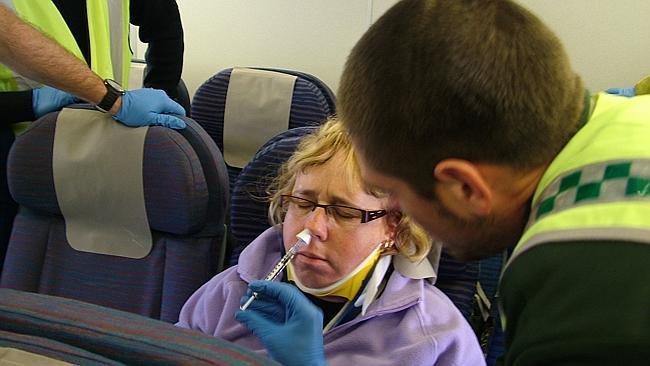
Travel News
Don't miss out on the headlines from Travel News. Followed categories will be added to My News.
IT’S one of the most dreaded and dangerous aspects of flying, and it’s only getting worse.
The Australian air safety watchdog has issued a warning about turbulence on board planes following an “unprecedented increase” in incidents.
According to the Australian Transport Safety Bureau’s (ATSB), from October to December of 2013, the number of turbulence and windshear related occurrences involving passenger planes was significantly above the five-year historical average, and had jumped twofold compared to the previous three months.
“We are seeing a doubling of turbulence and windshear events in passenger operations,” said Dr Stuart Godley, head of the ATSB’s Aviation Safety Research team. “And some of those events are affecting the safety of those in the cabin.”
Mr Godley said it’s a very worrying trend, because turbulence is the leading cause of in-flight injuries to passengers and cabin crew.
“Because they’re weather-related, these events are cyclical. We’re used to seeing more of them in the summer, but this increase is unprecedented. We’re especially concerned because there is a correlation between these events and cabin safety issues, especially cabin injuries due to turbulence.”
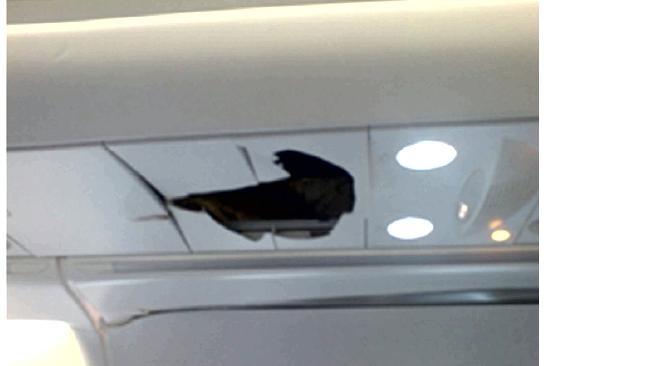
The ATSB has warned passengers to take turbulence seriously, issuing a stark reminder of the dangers.
Pilot reveals the truth about turbulence
What is turbulence? Here’s what the ATSB has to say
High in the sky, as you are cruising to your destination, the seat belt sign goes on. As you look out the window, there are no clouds for kilometres. What could you possibly run into at this height? Turbulence — a frequently invisible problem for aircraft.
Turbulence is a weather phenomenon responsible for the abrupt sideways and vertical jolts that passengers often experience during flights, and is the leading cause of in-flight injuries to passengers and cabin crew.
It’s caused by the irregular movement of air, and often cannot be seen. When air masses with different speeds, direction or temperatures meet each other — such as a warm or cold front, a thunderstorm, air flowing over or around mountains, or near jet streams — turbulence is likely to occur.
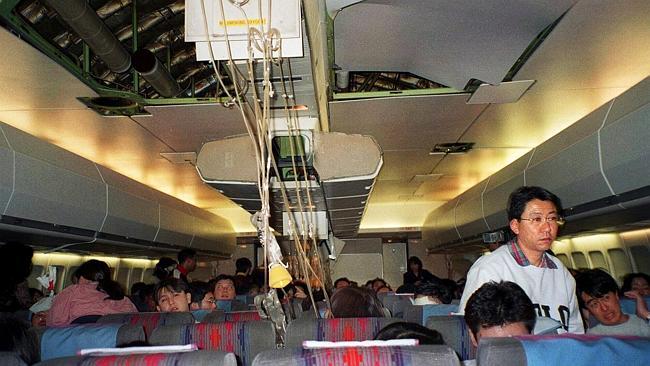
How serious is turbulence?
While turbulence is normal and occurs frequently, it can be dangerous. Turbulence by its nature is unpredictable — occurring without warning, and ranging from a few minor bumps to a major shake-up.
Aircraft can handle even severe turbulence, and are designed to flex with the bumps and jolts. But while your aircraft is designed to take turbulence, your body is not.
In a typical turbulence incident, 99 per cent of people on board receive no injuries. However, the bumpy ride can cause passengers and cabin crew who are not wearing their seat belts to be thrown around without warning.
There are approximately 25 in-flight turbulence injuries reported in Australia each year, and many more go unreported. Some of these injuries are serious, and have resulted in broken bones and head wounds.
For the five-year period from 2009 to 2013, there were 677 turbulence occurrences on flights in, to or from Australia that were reported to the ATSB, with 197 minor injuries and two serious injuries to passengers and cabin crew.
One major incident involved a Boeing 767 plane, which encountered severe turbulence near Sydney Airport in November 2013 due to an electrical storm. It was so rough that the crew experienced difficulty controlling the aircraft.
A passenger sustained a serious head injury from a laptop that fell from an overhead
locker, while two other travellers sustained minor injuries.
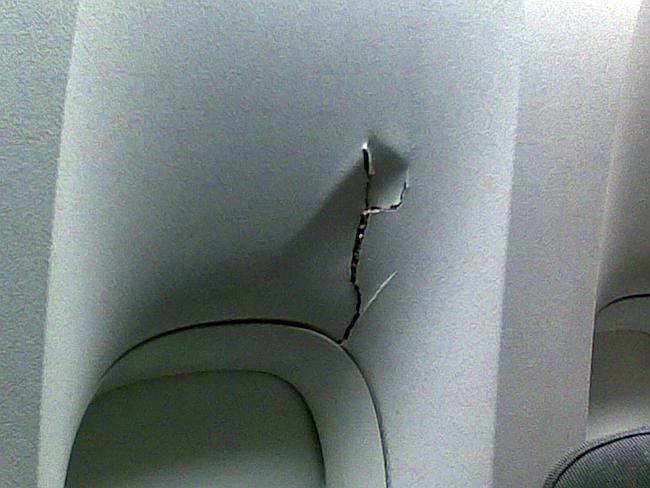
Common types of turbulence
Thunderstorm turbulence
The Civil Aviation Safety Authority (CASA) requires pilots to avoid flying near storms and other sources of serious turbulence. Thunderstorm turbulence is displayed to pilots via on-board radar, making it avoidable.
Mountain wave turbulence
When air blows over a mountain range, it causes a series of turbulent updrafts and downdrafts.
Aircraft wake vortex turbulence
As objects move through the air, they disturb the air and generate vortices known as wake turbulence. To prevent wake turbulence affecting other aircraft, air traffic control apply wake vortex separation distances between aircraft.
Clear air turbulence
Clear air turbulence (CAT) is the main culprit in surprise turbulence. CAT strikes out of the blue, in dry clear air and is particularly serious because:
• It’s hard for pilots, air traffic control and weather forecasters to detect — so there is often no warning until you fly into it.
• It can occur when no clouds are visible.
• It cannot be detected by aircraft radar.
• It is common at the high altitudes which airliners cruise at, especially in the vicinity of jet streams.
• All types of in-flight turbulence usually last for no more than a few minutes.
A Qantas spokesperson said turbulence is constantly being assessed by the crew: “While it’s not always possible to predict and avoid turbulent air, pilots are continually assessing flight and course conditions to ensure the smoothest possible flight for everyone on board.
“Pilots are equipped with the latest meteorological data and technology to help navigate turbulence and where possible provide ample warning to cabin crew and passengers. It is for this reason passengers are always encouraged to wear their seat belts when they’re not moving around the cabin, even when the seat belt sign is switched off.
“Severe turbulence is very uncommon.”
Click here to find out more about turbulence and keeping yourself safe.
